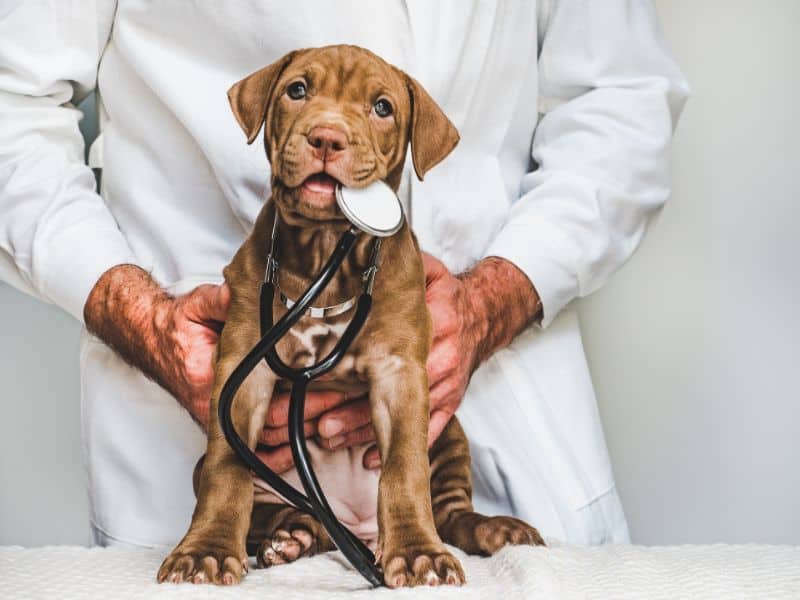Rabies is a generally fatal viral disease that affects the central nervous system and can infect all warm-blooded animals, including humans. The virus lives in the saliva, and animals can contract rabies from a bite from an infected animal. In Europe, foxes are the main reservoir while in North America the skunk, fox, raccoon and […]
Read More
